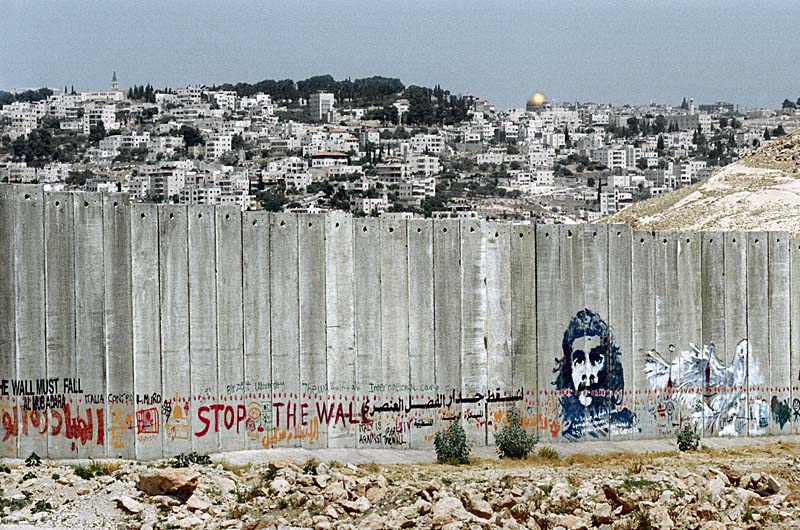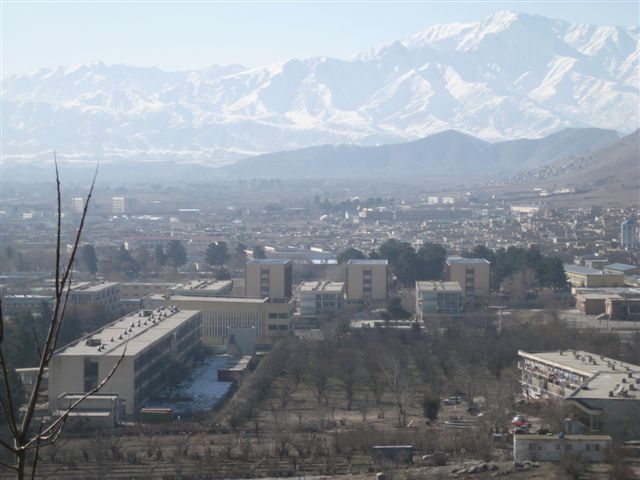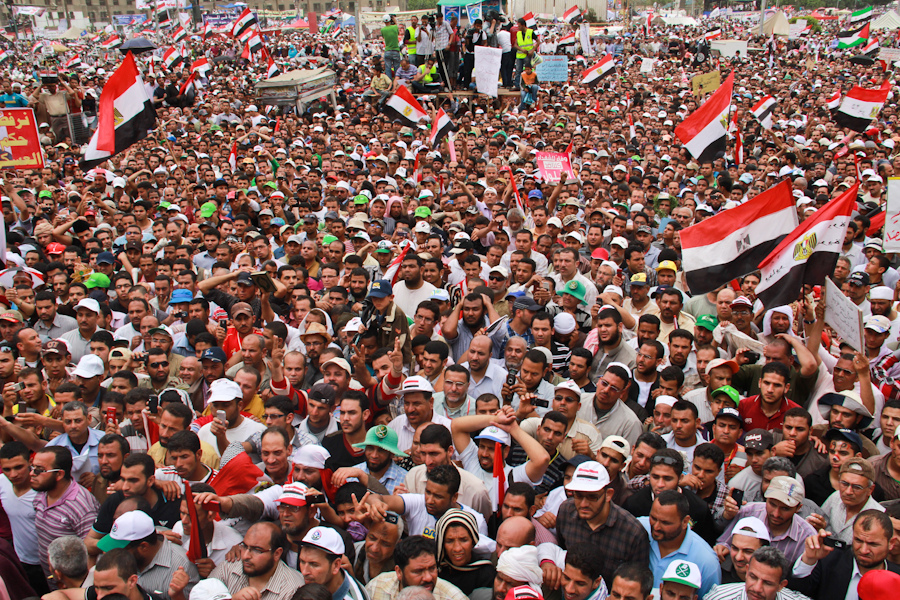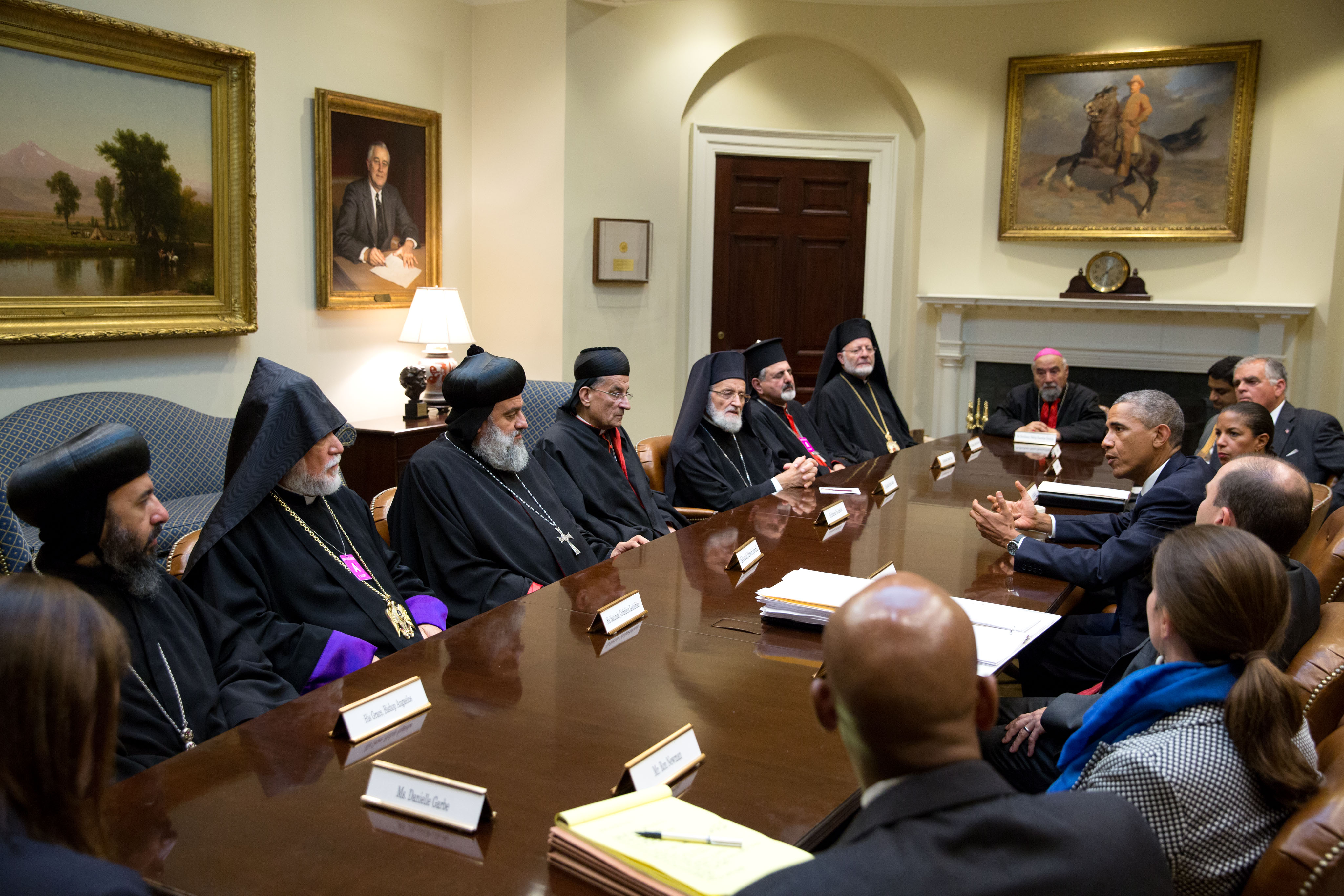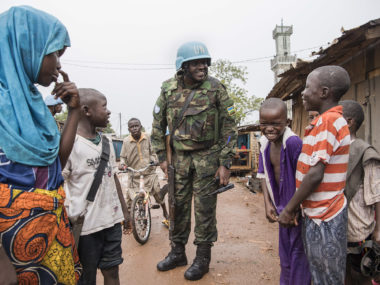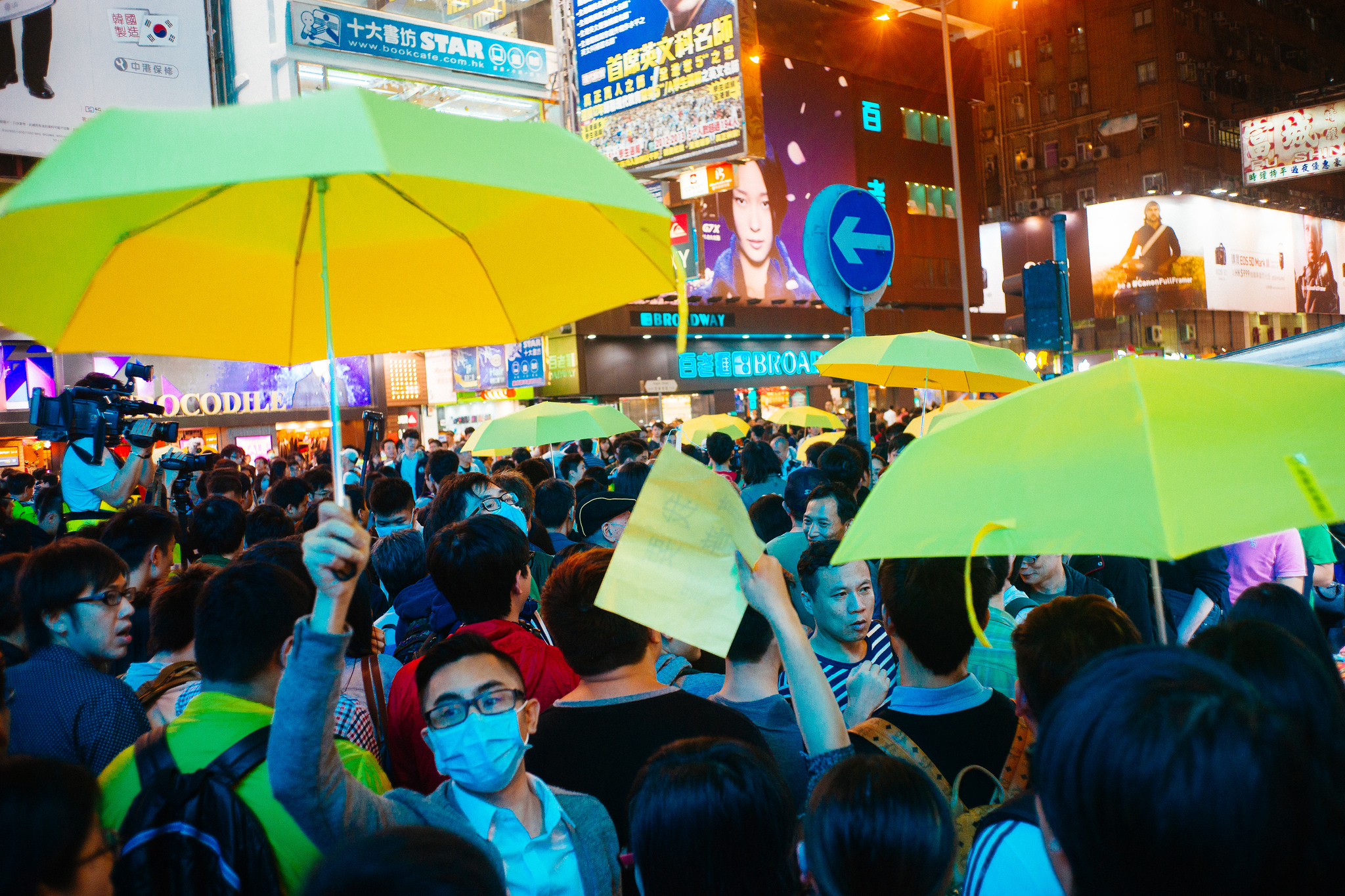Guest post by Jacob Høigilt
January 12, 2013: Israeli armed forces dismantle a peaceful Palestinian sit-in in the West Bank, arresting several of the organizers.
July 6, 2012: the Palestinian Authority’s security forces violently attack a peaceful demonstration against normalization with Israel in Ramallah, the West Bank.
These episodes illustrate the predicament of Palestinian non-violent activists. These activists experience what I call double repression, being harassed and persecuted not only by the Israeli occupation forces, but also by their own authorities in Gaza and in the West Bank. Yet it is this very activism that today holds the most promise for the Palestinian struggle against Israeli settler activities and occupation. Here’s why.
The Palestinian liberation movement is plagued by political paralysis, authoritarianism, and elite infighting. There is no will today among the Palestinian leadership in the West Bank to forcefully challenge Israel’s occupation of Palestinian land. On the other hand, both Hamas and Fatah energetically suppress dissent among their own, the occupied people they are supposed to represent. The Palestinian liberation struggle is held hostage by political elites that look after their own interests rather than those of the Palestinian nation.
In this bleak situation, grassroots activists in the West Bank have taken the initiative. Without bothering to wait for cues from their elderly, lethargic leadership, young Palestinian activists engage in unarmed but confrontational resistance against the Israeli occupation and confiscation of West Bank land. How are they able to do this, stuck as they are between a rock and a hard place?
I will mention two possible answers here which suggest the potential of non-violent resistance in seemingly hopeless contexts. First, non-violent activism has never ceased to be innovative. Recently, activists have established ‘settlements’ on Palestinian land confiscated by the Israeli military, like Bab al-Shams (Gate of the Sun). Israel is often accused of creating ‘facts on the ground’ (e.g. settlements and the separation barrier) that are hard to negotiate away once they are established. What the Palestinian activists did in the Bab al-Shams incident was in effect to establish their own ‘fact on the ground’ rather than responding to an action taken by Israeli soldiers or settlers. They caught both the Israeli and Palestinian authorities by surprise and were able to make it into all of the local media and several international ones. This is crucial since international public opinion is steadily becoming a more important factor to reckon with in the Israel-Palestine conflict. Second, they have been able to bypass one of their oppressors, the Palestinian political elite, by effectively co-opting it from below. The flagship of Palestinian non-violent resistance, the Boycott, Divestment and Sanction (BDS) campaign, has managed to avoid repression by making all the political forces, including Fatah, part of the BDS National Council – not as individual members, but as members of a joint committee that constitutes the biggest partner in the BDS National Council (BNC). The resulting numerical force and representativeness have left the BDS campaigners relatively immune against persecution, even when they engage in criticism of the Palestinian leadership.
While Palestinian non-violent resistance has been revitalized through these efforts, there is only so much activists can do without the political leadership being involved. However, its vitality – after years of facing double repression – has demonstrated the resilience of non-violent struggle in the Palestinian case. To my knowledge, there are no comparative studies of the tactics and efficacy of non-violent movements in other contexts of double repression, like Colombia’s Peace Communities and the popular movements in various Arab countries that found themselves caught between opposing armed factions (Yemen and Syria are cases in point). Such comparative studies would no doubt be useful, both for the activists themselves and for those who try to make sense of the dynamics of protest and repression.
Jacob Høigilt is a Senior Researcher with the Peace Research Institute Oslo and adjunct associate professor of Middle East Studies at the University of Oslo. His research interests focus on the nexus of cultural expressions, religion, and politics in the Arab world.

